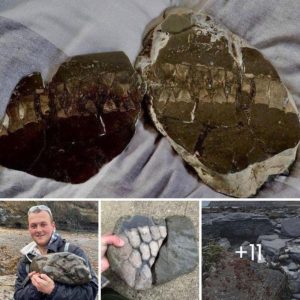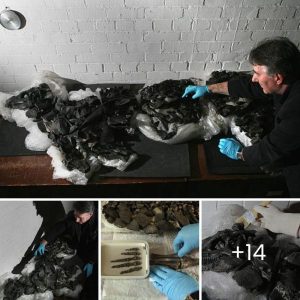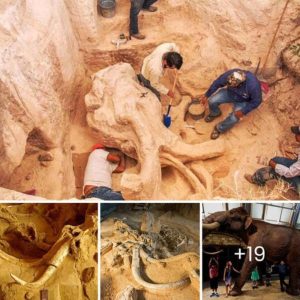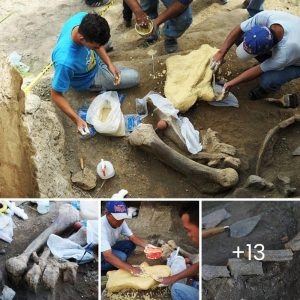The recent discovery of Thalassotitan atrox, a giant sea reptile known as a mosasaur, in Morocco, has shed light on a fascinating prehistoric marine predator.
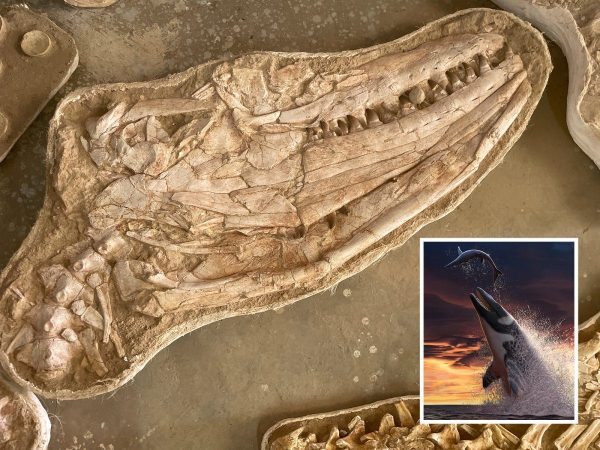
This creature lived around 66 million years ago, near the end of the Cretaceous period. Mosasaurs were not dinosaurs but were huge lizards, distantly related to modern-day iguanas.
Thalassotitan was an apex predator in the oceans, growing up to 40 feet in length and hunting various marine-dwelling animals.
The study conducted by paleontologists reveals that Thalassotitan atrox was a remarkable and terrifying animal.
It was an efficient marine predator, and its remains were found in Morocco surrounded by the remains of its potential prey, including large predatory fish, a sea turtle, a plesiosaur head, and the jaws and skulls of at least three different mosasaur species.
These remains displayed signs of damage from acids, indicating they might have been consumed by Thalassotitan, digested in its stomach, and then excreted as bones.
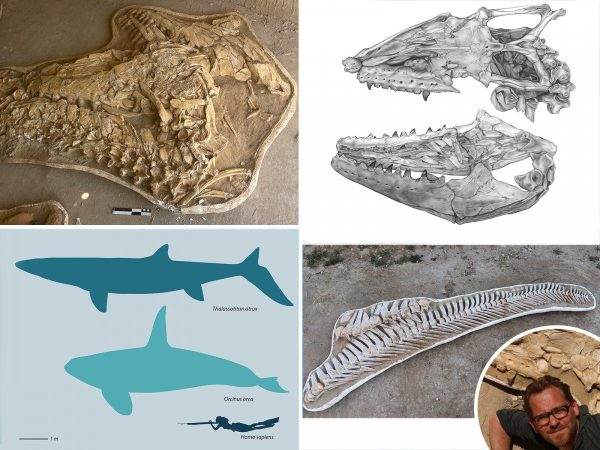
It is suggested that Thalassotitan, like many other species from the late Cretaceous period, such as the T. rex and triceratops, met its demise due to the after-effects of the asteroid impact that occurred 66 million years ago.
The asteroid impact caused a catastrophic disruption to the environment, resulting in a significant decline in the marine ecosystem. While some species managed to survive, most marine reptiles and large fish went extinct.
This discovery not only contributes to our understanding of prehistoric marine life but also highlights the importance of investigating Earth’s history to gain insights into the interactions between ancient species and the environmental changes that shaped their fates.

